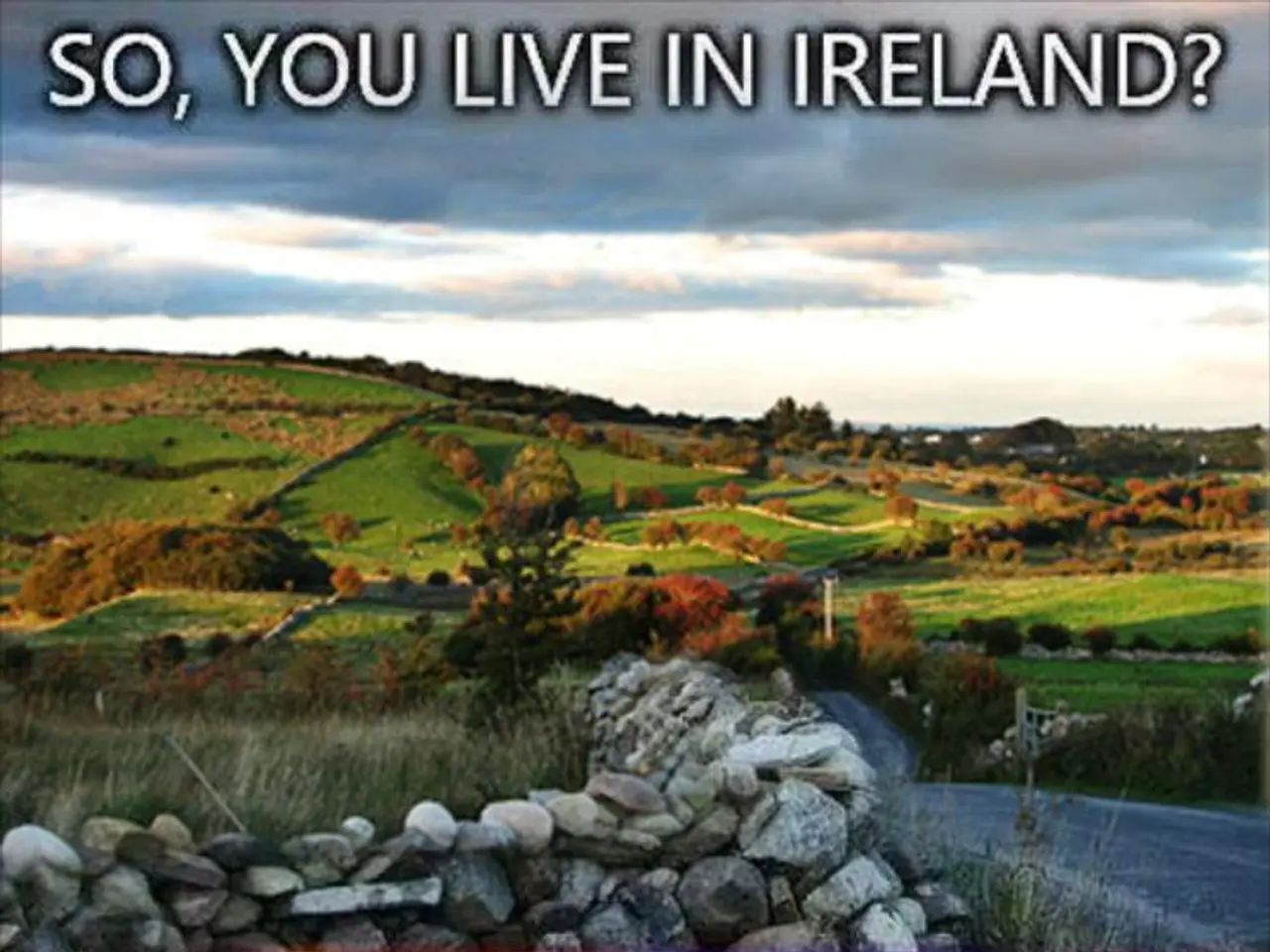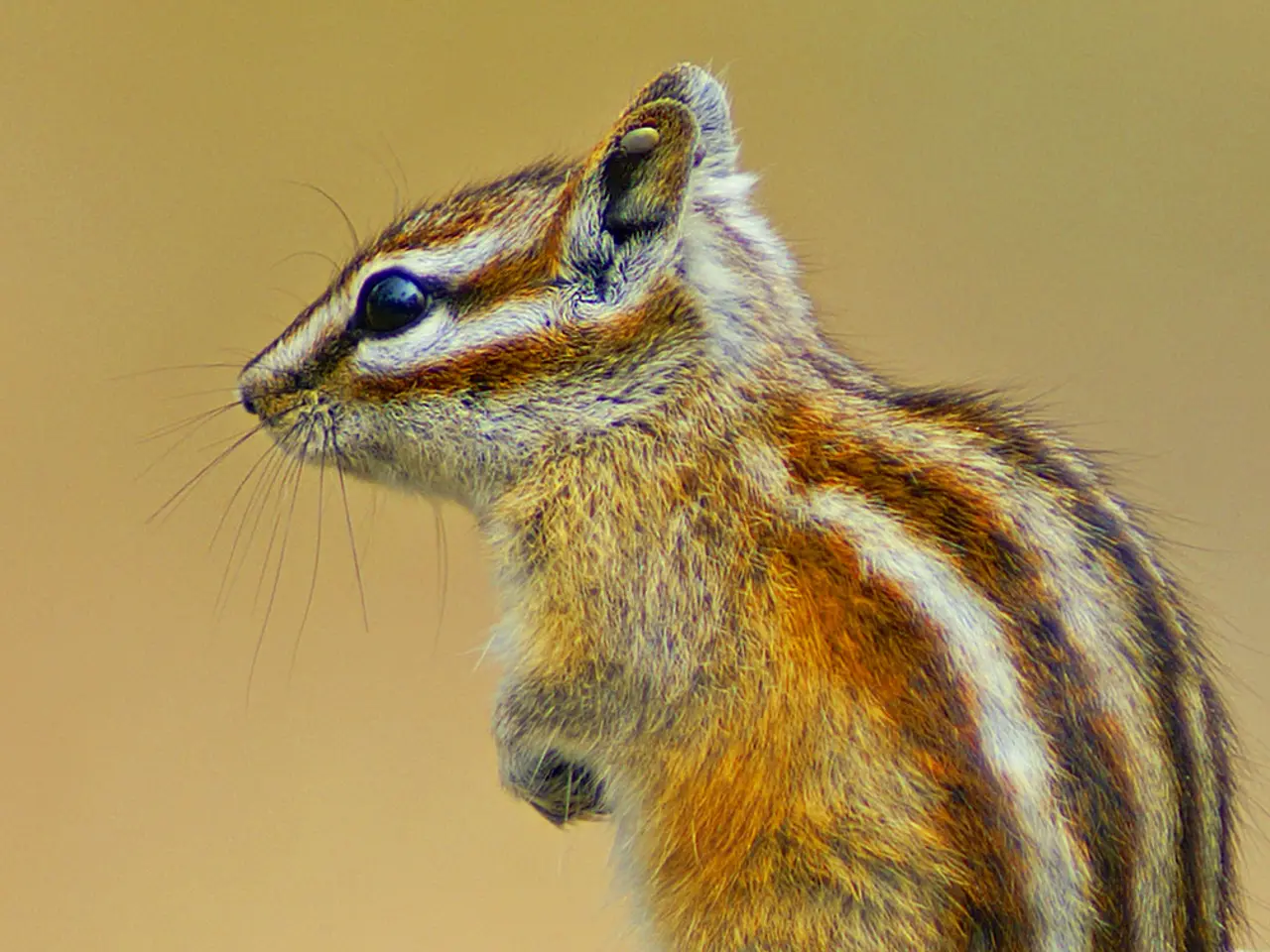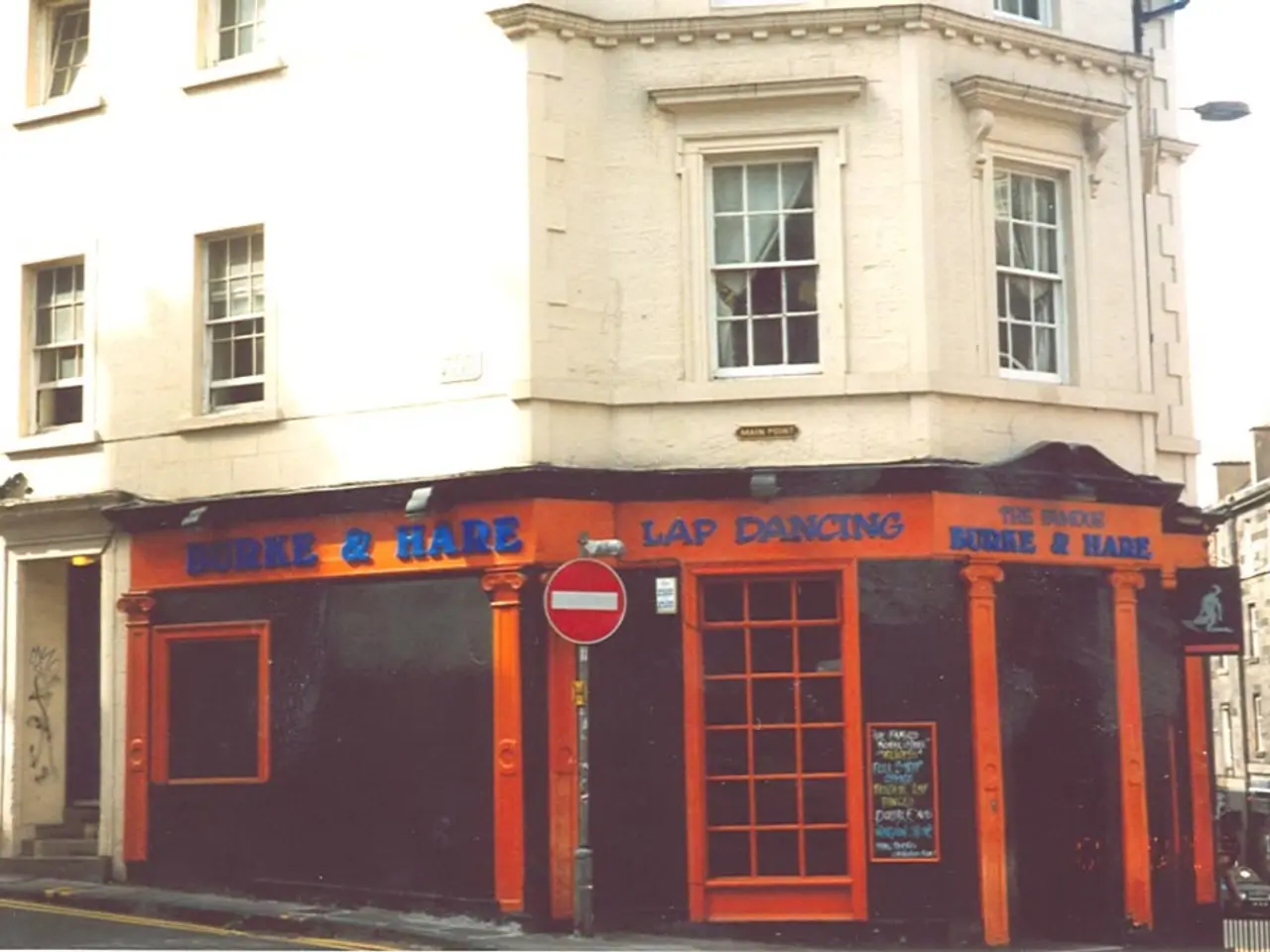Lodge at Grand Canyon Ravaged by Severe Heat and Wildfires Persists
The Grand Canyon is currently experiencing unusually high temperatures and wildfires, with the heat wave also affecting much of the U.S. Southwest. The unique microclimates within the canyon contribute to hotter conditions at lower elevations, making the bottom of the canyon significantly warmer than the top.
The Dragon Bravo Fire and the White Sage Fire, both likely ignited by lightning, are currently burning in the North and South Rims of the Grand Canyon, respectively. The Dragon Bravo Fire has already destroyed the historic Grand Canyon Lodge, which opened in 1928.
The high-pressure center lingering over the region is keeping smoke and haze in the forecast for several days. Visitors to the Grand Canyon South Rim should be aware of extreme heat, smoke, and degraded air quality. An extreme heat warning remains in effect through the middle of the week for elevations below 4,000 feet.
The heat at the Grand Canyon is due to several factors, including lower elevation, adiabatic compression, greater distance for compressional warming, darker rocks, and less vegetation. Air tends to sink under high-pressure systems and warms through a process called adiabatic compression, contributing to the heat at lower canyon elevations.
The fires are being amplified by winds up to 40 mph. The rains, when they occur, will be a welcome sight in terms of containing the fires. However, the winds could still be problematic. The high-pressure center is expected to move eastward throughout the week, allowing more moisture to enter the region.
The Grand Canyon South Rim remains open, but visitors are advised to exercise caution and stay updated on the fire situation. The National Weather Service has warned of extreme heat conditions continuing in the region, with temperatures at the lowest canyon elevations expected to be well into the triple digits on Monday.
The White Sage Fire is affecting at least 40,000 acres. The main threats will be gusty outflow winds, but brief downpours in stronger storms are possible. The smoke and haze in the region are due to the ongoing fires in the Grand Canyon.
Despite the challenging conditions, the Grand Canyon continues to draw visitors who are prepared to appreciate its unique beauty amidst the heat and smoke. It is a reminder of the delicate balance between nature and human activity, and the importance of being mindful of our environment.
- The ongoing heat wave and wildfires in the Grand Canyon are linked to climate change, a significant topic in environmental science.
- The Dragon Bravo Fire, burning on the North Rim, and the White Sage Fire, on the South Rim, are wildfires influenced by factors such as winds and dry conditions, complications in weather forecasting and sports-betting predictions.
- Apart from the extreme heat and smoke, visitors to the Grand Canyon should be aware of the impact of climate change on its unique microclimates, as science indicates that these conditions will likely become more frequent in the future.
- As the fires rage on, it becomes increasingly crucial to recognize the importance of preserving natural wonders like the Grand Canyon, a compelling reminder of the delicate interplay between nature and human activity in sports and environmental-science realms.








